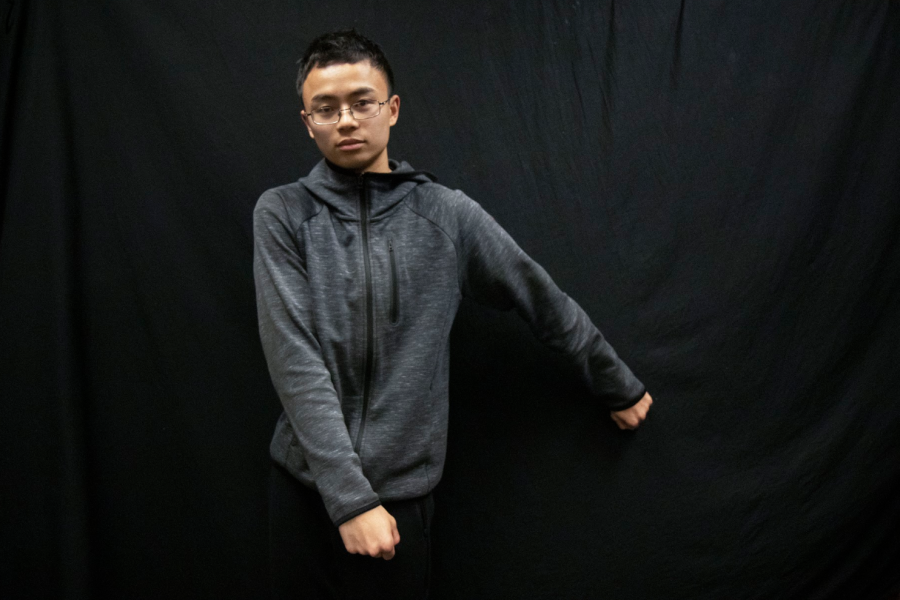Who owns a dance move?
March 1, 2019
Viral dance moves such as the floss, orange justice and shoot caught on because they were so unique. However, these moves were used by video game company Epic Games in its popular game Fortnite. As a result, the original creators of those dance moves sued the company, claiming they should be compensated for the game’s use of their creations in December 2018. In light of this issue and as a dancer who strives for originality, I realized how important it is that original dance moves be legally protected against those who use the moves for monetary gain without consent from their creators.
According to the U.S. Copyright Office, “a series of dance movements or patterns organized into an integrated, coherent, and expressive composition” qualifies for a copyright, but individual dance moves, such as the ones featured in Fortnite, are not. The U.S. Copyright Office also excludes all “celebratory end zone dance moves or athletic victory gestures” from legal protection, which are a majority of the dances in the game. In order to successfully secure copyright for a dance, one would have to create an entire choreography and film it, and then apply for a copyright. While I understand it is impractical for single dance move to be copyrighted, original content still deserves legal protection. In addition, before utilizing moves for commercial purposes, companies should ask permission from the original choreographer and come to an agreement on how the choreographer should be credited or compensated.
The Fortnite lawsuits reminded me of “biting,” which, in the dance community, is when a dancer steals another dancer’s move and uses it as his or her own. Originality is valued in most forms of dance, but in breakdance especially, as most of the dance is purely freestyle and dancers’ styles vary. For example, one of my friends likes to incorporate many flips and tricks into his routines, while I prefer to focus on musicality and simpler footwork. Given the difficulty of creating an original dance move, I can relate to artists’ frustration of having their ideas ripped off without any credit. I remember how long it took me to begin developing decent original moves, and if they were to be used without my permission, I would feel robbed. In the past, I even refrained from sharing my choreography because I was afraid that people would bite it.
Not all imitations of moves are unfair, however; in fact, copying dancers may be one of the best ways to learn how to dance. When I first started breakdancing, I would learn by trying to mimic the moves of those who were better than me. As I added more moves to my repertoire, I relied less and less on others’ moves and began to string together moves to create original routines, and started to find the style of breakdance that I enjoy today. It was acceptable for me to copy moves at the time because I was not looking for commercial gain, but rather just trying to learn how to develop my skill. Furthermore, the moves I copied were basic moves that everyone learns as a foundation, and then builds off of as they create their own style. I was not truly copying, but rather taking inspiration from the basics in order to create unique moves of my own.
Copying for the sake of learning is a good practice that contributes to the types of moves that are popular in dance culture, but it is unacceptable to use moves for commercial purposes without their creator’s permission. Stealing dance moves completely undermines the creator’s hard work and defeats the purpose of creating original content if it will be plagiarized and used selfishly to make money. Legally, Fortnite is in the clear since individual dance moves cannot be copyrighted. However, Fortnite should have paid the artists royalties for their original moves or at least given them credit. All companies that seek to profit off of the popularity of dance must accept that dance, like other forms of art, must be enjoyed with proper credit given to the creators.




























































